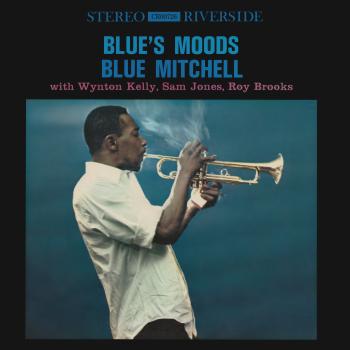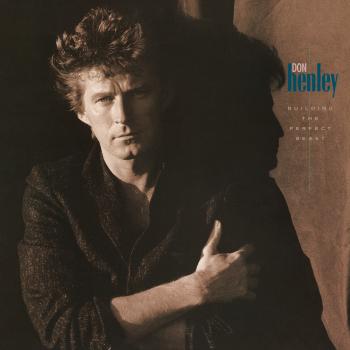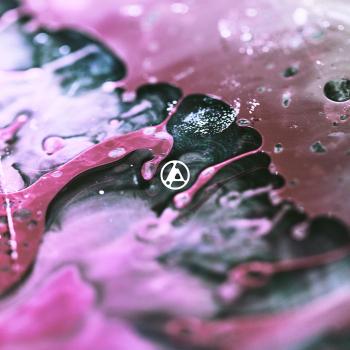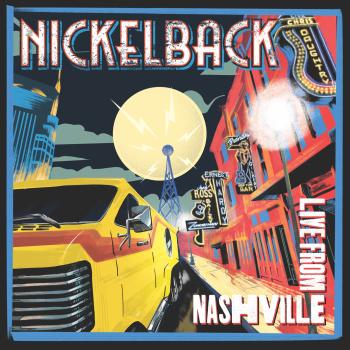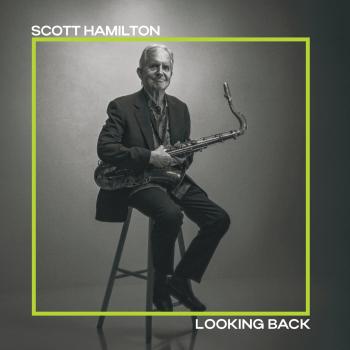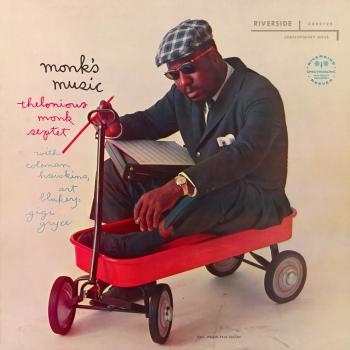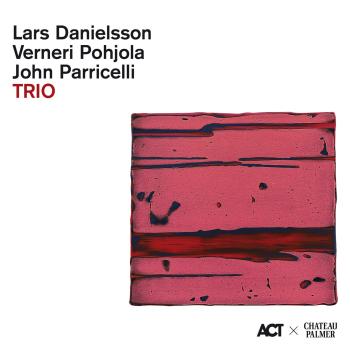Gildor
Biography Gildor
Gildor
The story of how folky singer-songwriter Gildor was discovered is almost as spectacular as the discovery of a new star in the sky with the James Webb telescope. British music industry veteran Sandy Roberton was browsing the internet at home and came across a video by Gildor, shot in the desert, covering John Martyn’s Solid Air. By clicking further, he also discovered Gildor’s own song Medisun, which the Dutchman had recorded in his bedroom. “Got you,” Roberton thought and invited him to a recording session at the legendary London-based RAK Studios. Now Gildor’s debut album Silent River will be released on Roberton’s Beverly Martel label.
Gildor makes timeless music, which could just as well have come from the seventies. A true afficionado like Roberton, credited for the production of the first three albums of era defining folk band Steeley Span, naturally recognized this immediately. “I was hooked and just offered him a deal,” he recalls.
How on earth is it possible that someone living in this day and age makes music like this, that instantly transports you back to a rainy afternoon some 50 years ago? “I miss the sincerity in a lot of modern music,” he says. “It lacks warmth, in fact everything that is so characteristic of someone like David Crosby, for example.”
How does such a young man (31) actually get into making folk? It’s not really his generation’s music. “It just comes from listening to a lot of music from that era and getting inspired by it,” he explains. “It was actually because of my father’s record collection: The Beatles, The Byrds, Crosby Stills Nash & Young.”
“I didn’t start writing until I was twenty-one. Up til then I was convinced I couldn’t sing. But I’m over that now. It’s harder to play this live than it is on record, because in the studio I sang so softly. I was looking for a certain kind of peace and warmth and a sense of closeness. I myself call it bedroom folk, not necessarily in the erotic sense of the word, but because I kept it very small and intimate.”
After his schooldays, he lived on a farm in France for three years. He likes the simple outdoor life. “Yes, living in the country shaped me. You can hear that in my songs. I just like to explore nature. That’s what I want to feel in my music.” And that’s what Sandy saw on that video.
What are the songs on his debut album about? “There are a lot of songs on it that I’ve written for people who are – or were – close to me. Some of them are still in my life, some are not. Sometimes I want to say things where words fail. The album feels like a statement that I’ve wanted to make for a long time. However, it has also remained silent for longer than I wanted. This is also due to the pandemic. The music is growing and meanwhile it just flows on. That’s also kind of the idea behind Silent River.”
“Woman is a song about my girlfriend’s mother, who died of cancer after a long battle. And Thinking Back, the first single, is about life on the farm with my friends. We have grown apart. A lot of those songs are about love, just like 80% of all songs in the world.”
Is there a message behind this set? “Take it easy” perhaps? Social media makes life so hectic these days. The track Home is about escaping that rat race. Get out of the city to find more space. “I can always let go of my worries in the cold river, which runs outside of my hometown Utrecht. It just flows away, and the river takes me back home,” he explains. “Finding peace is the reason I started making music.”
The recordings took place in London at RAK Studios. On this historic ground Sandy recorded with John Martyn in 1982. Isabel Gracefield was in the producer’s seat for Silent River. She’s best known for having worked with Adele and Radiohead and most recently with both Sam and Patti Smith. “We recorded twelve songs in one week. Isabel had a lot of great ideas. And she allowed us to experiment. For example, the trombone was recorded in the hallway. And by wiping up and down the neck of a guitar with a lens cloth, we got the sound of bird wings. Rubbing wine glasses with our fingers, created all kinds of different tones.”
His portrait on the album cover also makes a great story. “One day Sandy came to the studio. At that time, we actually needed photos for the artwork,” Gildor says. “He asked if we knew a good photographer in the Netherlands. He immediately came up with Anton Corbijn. He called Depeche Mode’s management for his number. We took that picture in the woods near Nijmegen. Anton was very laid back, kind of your nice uncle.”
Songs, atmosphere, discoverer, producer, photographer, really everything contributes to a very special debut album. Forget about that James Webb telescope; our ears are enough to discover Gildor.


